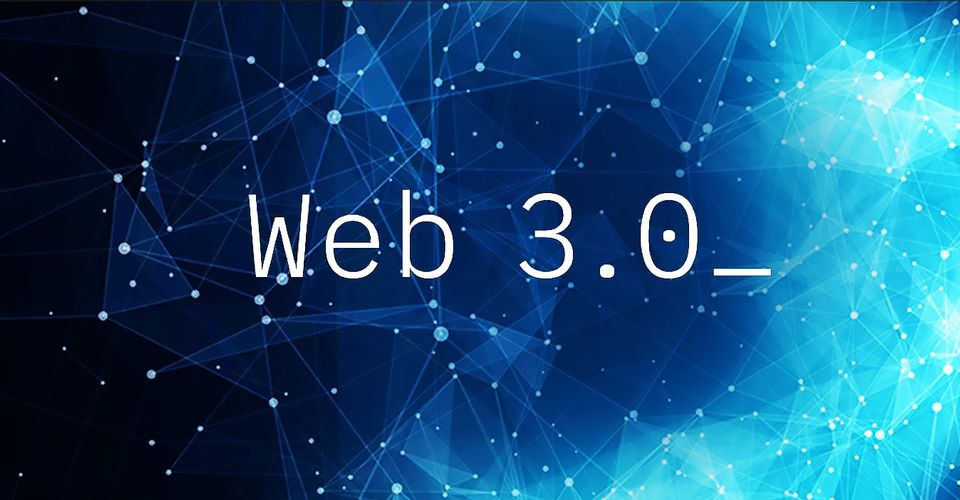
Ever since the early development of the web by Tim Berners-Lee in 1990, the Web has been through some really big changes. From it been somewhat of a static depository of information to its transformation into a global stage for interactive experiences, activities and services. The Web has had a great impact on how we receive and share information, communicate and interact with each other. And with the Web still undergoing a fascinating evolution through advances in blockchain and other prominent technologies, the Web 3.0 may turn out to the Web's final form.
The Web 3.0 gives a glimpse at the fascinating vision for the future of the Web, but it also describes the final chapter in the journey that's been going on for over three decades. So in order to understand why Web 3.0 is termed the future of the Web, a quick look at the evolution of the Web, from its early days through its rise and development into platform for online services and becoming an important part of our everyday lives.
Web 1.0
The invention of the Web in 1989 was a landmark moment in history that brought about new ways to transfer information across computer networks. The introduction of the Web browsers such as Netscape Navigator in the mid-1990s ushered in the era Web 1.0. This was the age of static web pages retrieved from servers, meaning that they could support mostly passive consumption of information by users. Together with the limited internet connectivity at the time, the static nature of the Web prompted people to downplay the importance of the invention for years. Most internet users at the time were delighted by the novelty of features such as email and real time news retrieval.
Web 2.0
Web 2.0 refers to the paradigm shift in how the internet is used. Web 1.0 have been completely replaced by the interactivity, social connectivity, and user generated content. An increase in computing power, and improvement in internet infrastructure fueled the development of more sophisticated Web services. The Web became programmable, more interactive, and engaging. It became the platform for content creation, online businesses, and entertainment. It also brought about the rise of social media. However, it hasn't reached its final form.

Web 3.0
Web 3.0 represents the next phase of the evolution of the Web and it is built upon the core concepts of decentralization, openness, and better user utility. The rise of the blockchain technology has opened the door for a backend revolution where the Web is supported by decentralized networks and web services. The growing number of decentralized apps running on blockchains networks like Ethereum, Solana and Hive is a testament of the viability of that concept.
Some advantages of Web 3.0 are:
- Decentarlization: This the core feature of Web 3.0. In Web 2.0, the web services ask the user to provide personal data in order to see the full benefits of the service. This is a serious issue, because there are no guarantees that the service provider would not misuse the data from the user. The decentralized networks guarantee that users always retain control over their data.
- Open and Permissionless: Another advantage of Web 3.0 is that it is open and permissionless. Since no single organization or entity controls the network, no one can restrict access to the decentralized apps running on it.
- Native Money: Another significant advantage of Web 3.0 is that money, in the form of crypto tokens, is native to it. This means that it can be used to transfer and receive value without intermediaries like banks and payment processors.
With the present evolution of the Web, there are signs that the Web will be completely decentralized, open and accessible to the users.